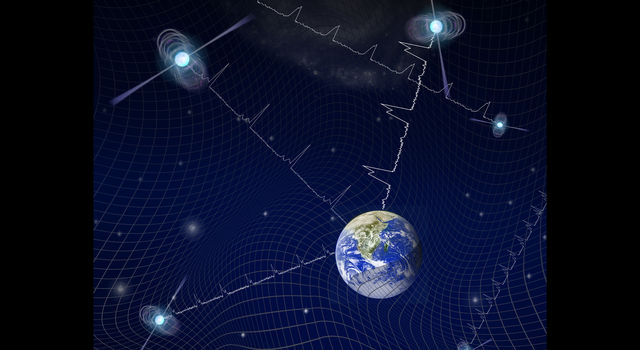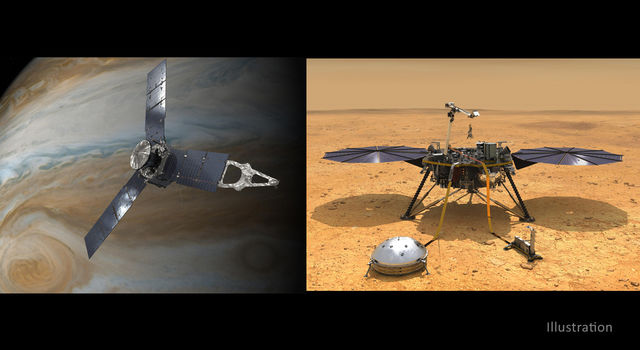Blogs | Rocks and Stars with Amy | July 20, 2010
Milestones
It's hard to believe that we've just crossed the six-month mark on WISE -- seems like just yesterday when we were all up at Vandenberg Air Force Base, near Santa Barbara, shivering in the cold at night while watching the countdown clock. But the time is flying (literally!) as WISE whips by over our heads. We're analyzing data ferociously now, trying to get the images and the data ready for the public release next May. Even though the mission's lifetime is short, we've gotten into a semblance of a routine. We receive and process images of stars, galaxies and other objects taken by the spacecraft every day, and we're running our asteroid-hunting routine on Mondays and Thursdays. We've got a small army (well, okay, three -- but they do the work of a small army!) of extremely talented students who are helping us verify and validate the asteroid detections, as well as hunt for new comets in the data. Plus, there is an unseen, yet powerful, cadre of observers out there all over the world following up our observations.
And so it's come to pass that we've achieved some milestones. We completed our first survey of the entire sky on July 17 -- and we just discovered our 100th new near-Earth object! That's out of the approximately 25,000 new asteroids we've discovered in total so far; most of these hang out in the main belt between Mars and Jupiter and never get anywhere near Earth's orbit. These new discoveries will allow us to conduct an accurate census of both the near-Earth and main belt asteroid populations. We're really busy chewing on the data right now and calculating what it all means.
Because it's so short, this mission reminds me a little bit of what the first days of college felt like -- a tidal wave of new ideas, new sights and new thoughts. The pace of learning has been incredibly quick, whether I'm trying to get up to speed on asteroid evolution theories or tinkering with the software we use to write papers.
Speaking of papers, we're in the process of preparing to submit several to science journals; in fact, I've already submitted one. The gold standard of science, of course, is the peer-review process. We submit our paper to a journal, and the scientific editor assigns another scientist who is an expert in the field but not involved in the project (and who usually remains anonymous) to read it and offer comments. The referee's job is to "kick the tires," so to speak, and ask tough questions about the work to make sure it's sound. We get a chance to respond, and the referee gets a chance to respond to our responses, and then when everybody's convinced the results are right, the paper is accepted and can be published. So stay tuned -- we should have some of the first papers done soon telling us what these milestones mean for asteroid science.
› Read more from "Rocks and Stars with Amy"
TAGS:UNIVERSE, SOLAR SYSTEM, ASTEROIDS, WISE







